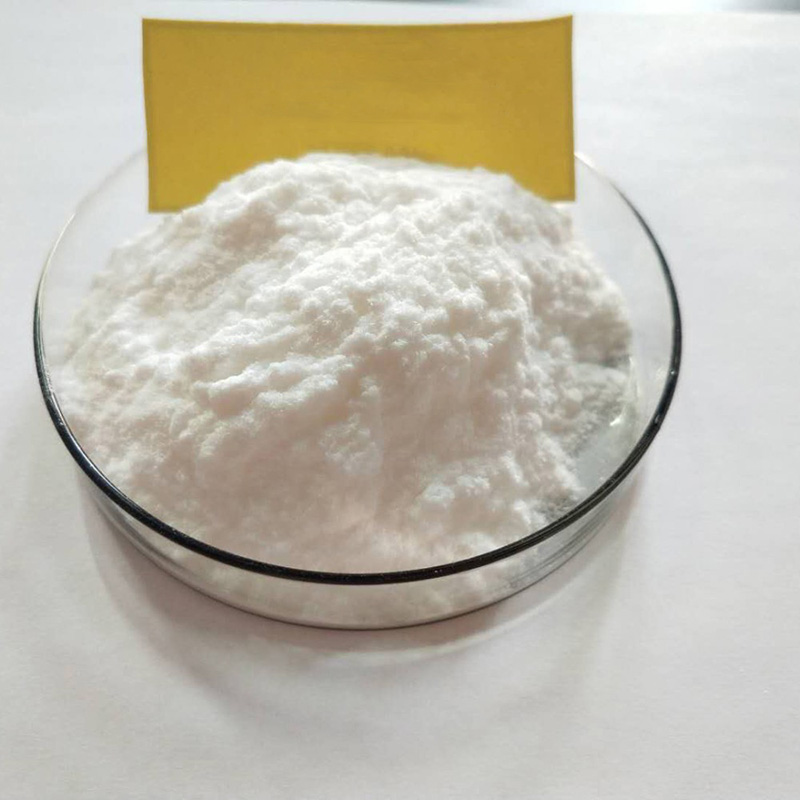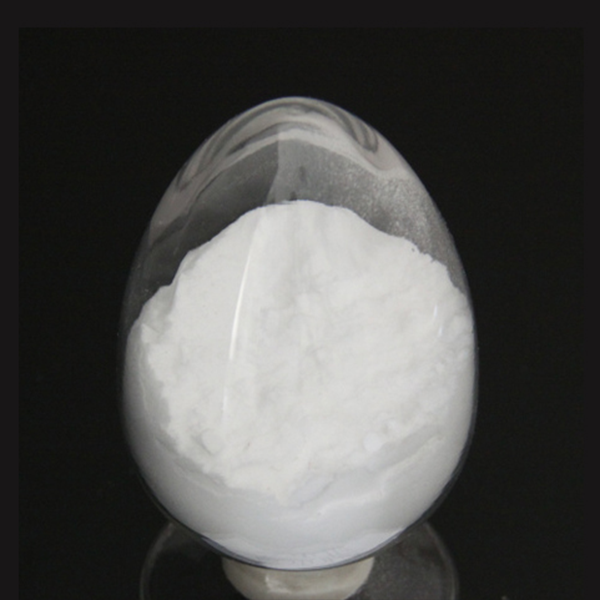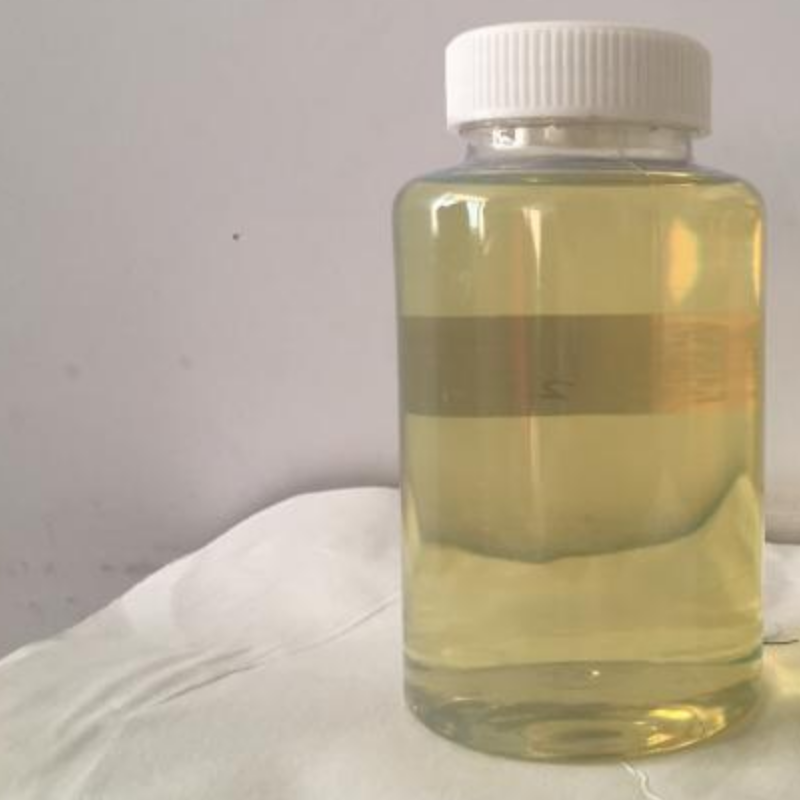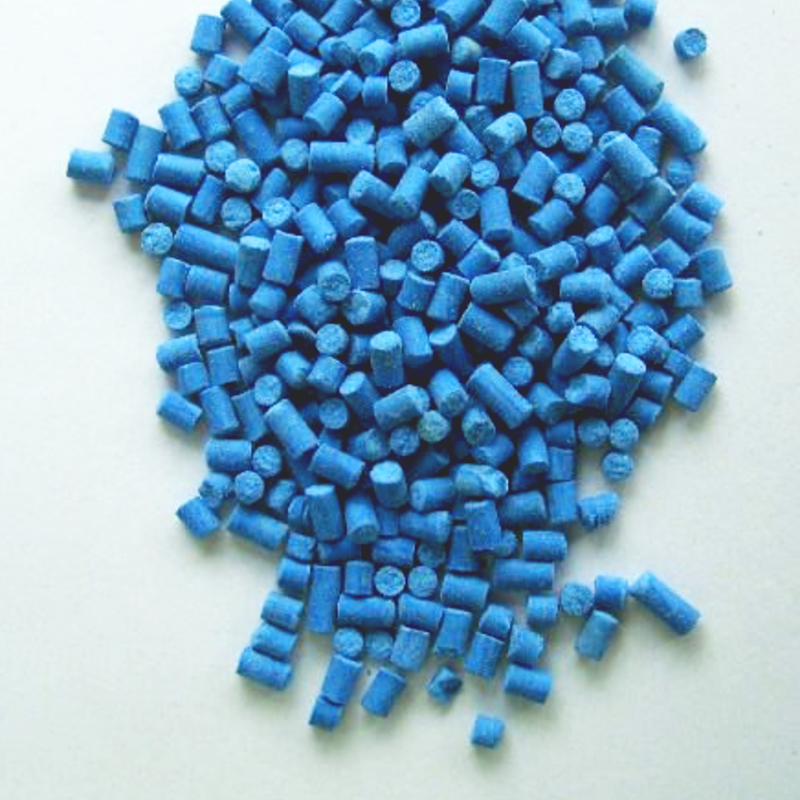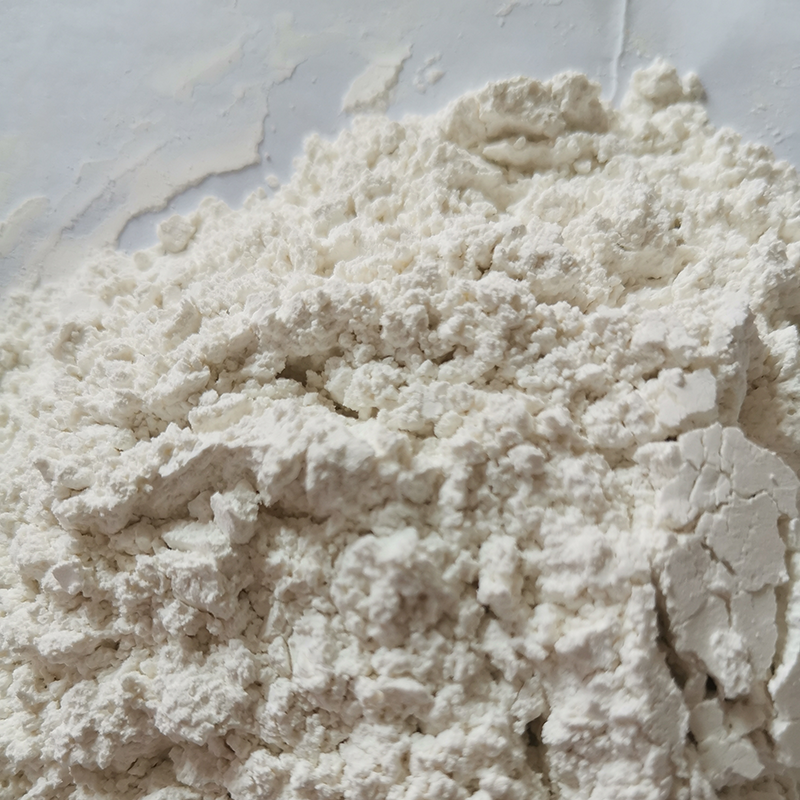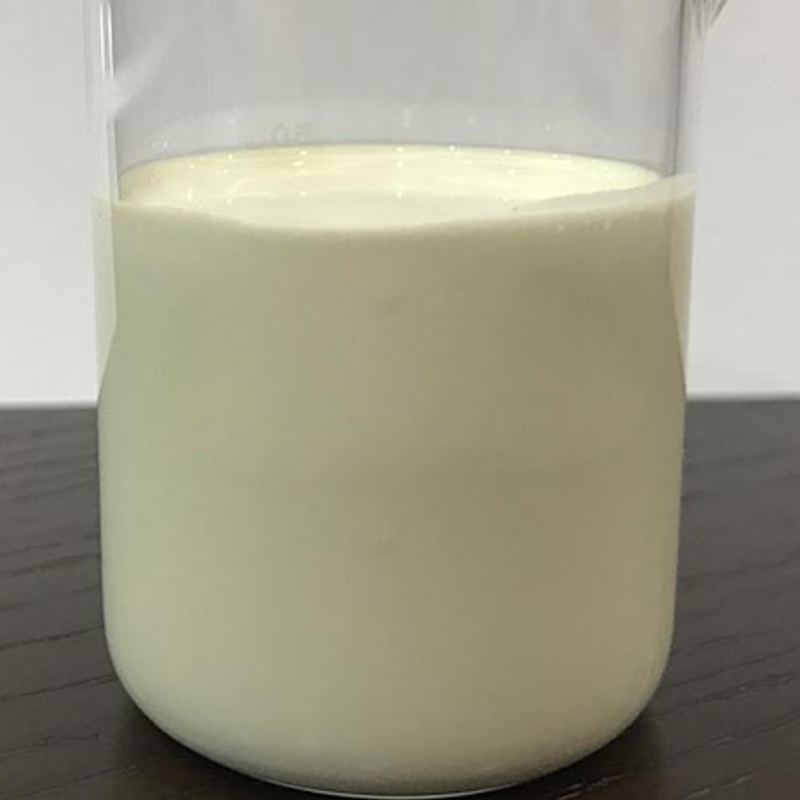Diflubenzuron selective insecticide for pest parasite control
Product description
The chlorinated diphyenyl compound, diflubenzuron, is an insect growth regulator. Diflubenzuron is a benzoylphenyl urea used on forest and field crops to selectively control insects and parasites. Principal target insect species are the gypsy moth, forest tent caterpiller, several evergreen eating moths, and the boll weevil. It is also used as a larvae control chemical in mushroom operations and animal houses. It is particularly effective against insect larva, but also acts as an ovicide, killing insect eggs. Diflubenzuron is a stomach and contact poison. It acts by inhibiting the production of chitin, a compound that makes the outer covering of the insect hard and thus interferes with the formation of the insect's cuticle or shell. It is applied to infected soil and will kill fungus gnat larvae for 30-60 days from a single application. Although it is targeted at fungus gnat larvae, care should be taken in applying it as it is highly toxic to most aquatic invertebrates. It has no toxic effects on adult insects, only insect larvae are affected. Diflubenzuron can cause serious foliar injury to plants in the spurge family and certain types of begonia, particularly poinsettias, hibiscus and reiger begonia and should not be applied to these plant varieties.
Diflubenzuron has a low persistence in soil. The rate of degradation in soil is strongly dependent on the particle size of the diflubenzuron . It is rapidly degraded by microbial processes. The half-life in soil is 3 to 4 days. Under field conditions, diflubenzuron has very low mobility. Very little diflubenzuron is absorbed, metabolized, or translocated in plants. Residues on crops such as apples have a half-life of 5 to 10 weeks. The half-life in oak leaf litter is 6 to 9 months. Diflubenzuron’s fate in water depends on the pH of the water. It degrades most rapidly in alkaline water (half life is 1 day) and more slowly in acidic water (half life is 16+ days). The halflife in soil is between four days and four months, depending on the particle size.

